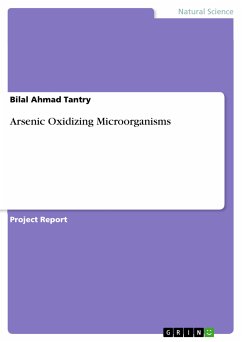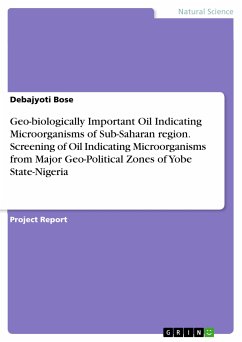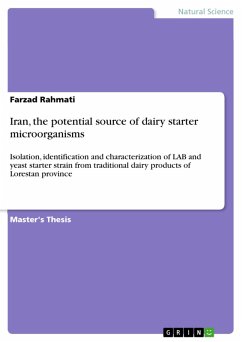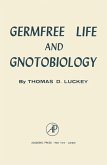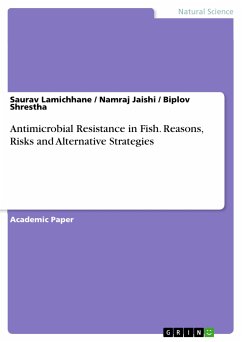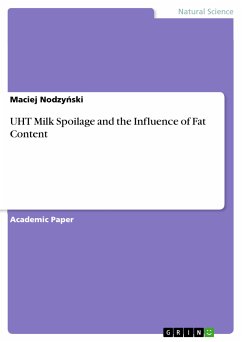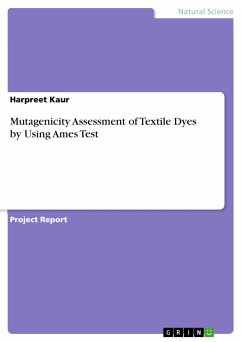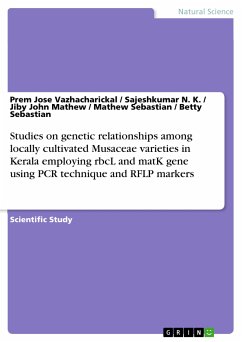Project Report from the year 2017 in the subject Biology - Micro- and Molecular Biology, grade: 5, , language: English, abstract: Arsenic contamination of groundwater has remained a critical open issue in numerous world areas, especially in Uttar Pradesh in India, in light of its intense and ceaseless harmfulness and cancer-causing properties. In 1993, the World Health Organization set an arsenic permissible level of 10ug/L in its drinking water rules. Practical procedures to expel arsenic from ground water must be produced to make water fit for drinking. Previous studies have shown that this region of India is characterized by extensive As pollution of rivers and ground waters by both geologic and anthropogenic activities. The various other states, including, Jharkhand and Bihar are at biggest risk, because of the flood plain of the Ganga River. In many foods a trace amount of arsenic is essential for good health. However, the excess of this element causes cellular damage in biological system, like gastrointestinal and respiratory disorder. Skin, liver and bladder cancer. Both inorganic arsenate As and arsenite As exist together in natural environment. Arsenite is more toxic than arsenate. As frequently prevails as 74 to 98% of aggregate arsenic. Arsenic is harder to evacuate than As. Utilizing ordinary methods, for example, precipitation, adsorption, particle trade and layer filtration and coagulation were used to remove arsenic from contaminated waters. All these methods are expansive and a source of pollution. Microbial As oxidation has been viewed as an appealing option in light of its particular response for As. The biological mechanism of arsenic removal is possible because of presence of arsenite oxidase and transporter genes studied in various microorganisms like Alkalilimnicola ehrlichii strain MLHE-1. Alcaligenes faecalis. Rhizobium sp. strain NT-26 and Hydrogenophaga sp. strain NT-14. Different heterotrophic and chemolithoautotrophic As oxidizing microscopic organisms have been separated from distinctive situations. Chemolithoautotrophic As oxidizing microorganisms can use As as an electron benefactor and As oxidation can bolster their development, while the oxidation of As by heterotrophic As oxidizing microbes is by and large thought to be a detoxification instrument. Since CAOs by and large demonstrate a higher particular As oxidizing rate than HAOs.
Dieser Download kann aus rechtlichen Gründen nur mit Rechnungsadresse in A, B, BG, CY, CZ, D, DK, EW, E, FIN, F, GR, HR, H, IRL, I, LT, L, LR, M, NL, PL, P, R, S, SLO, SK ausgeliefert werden.

